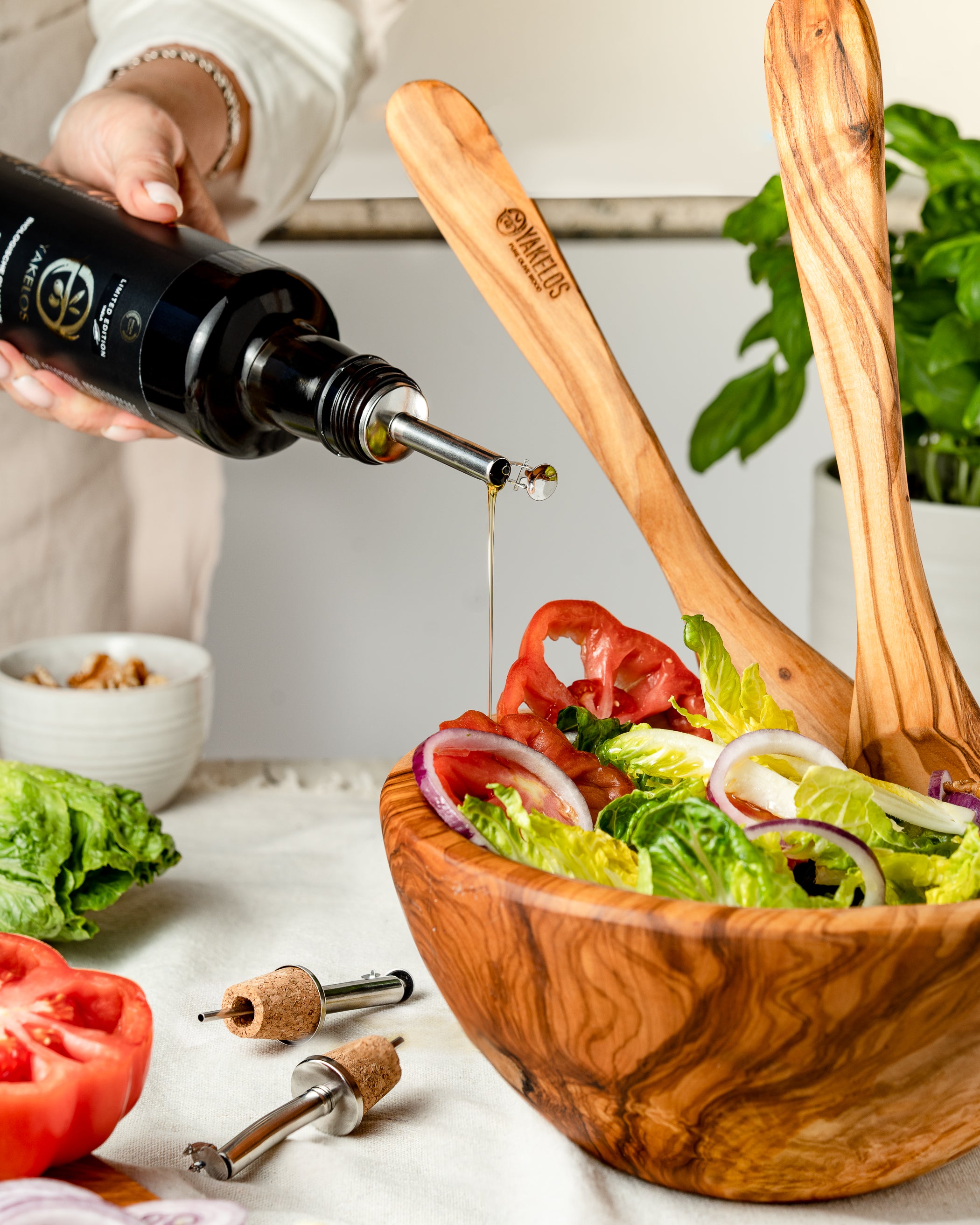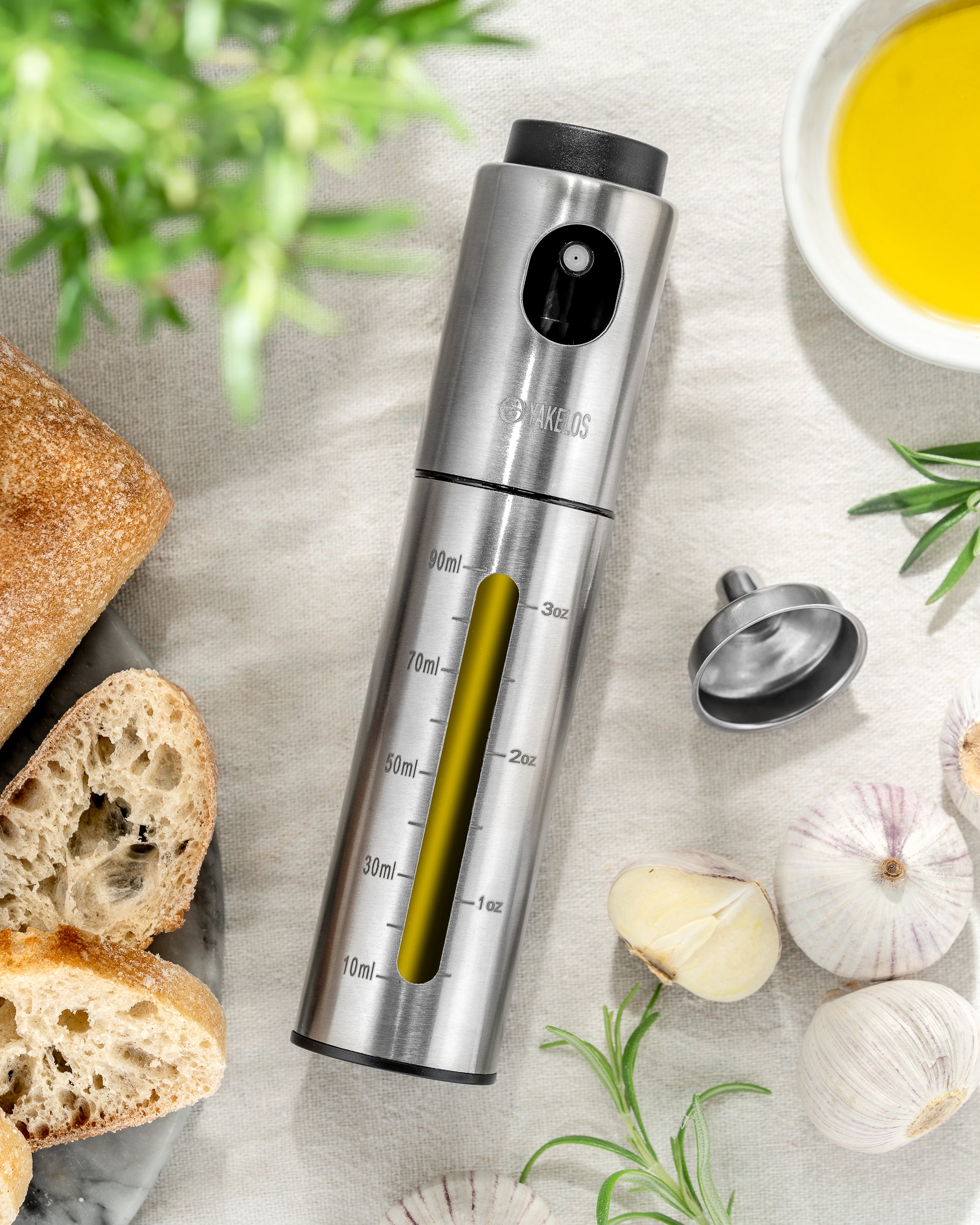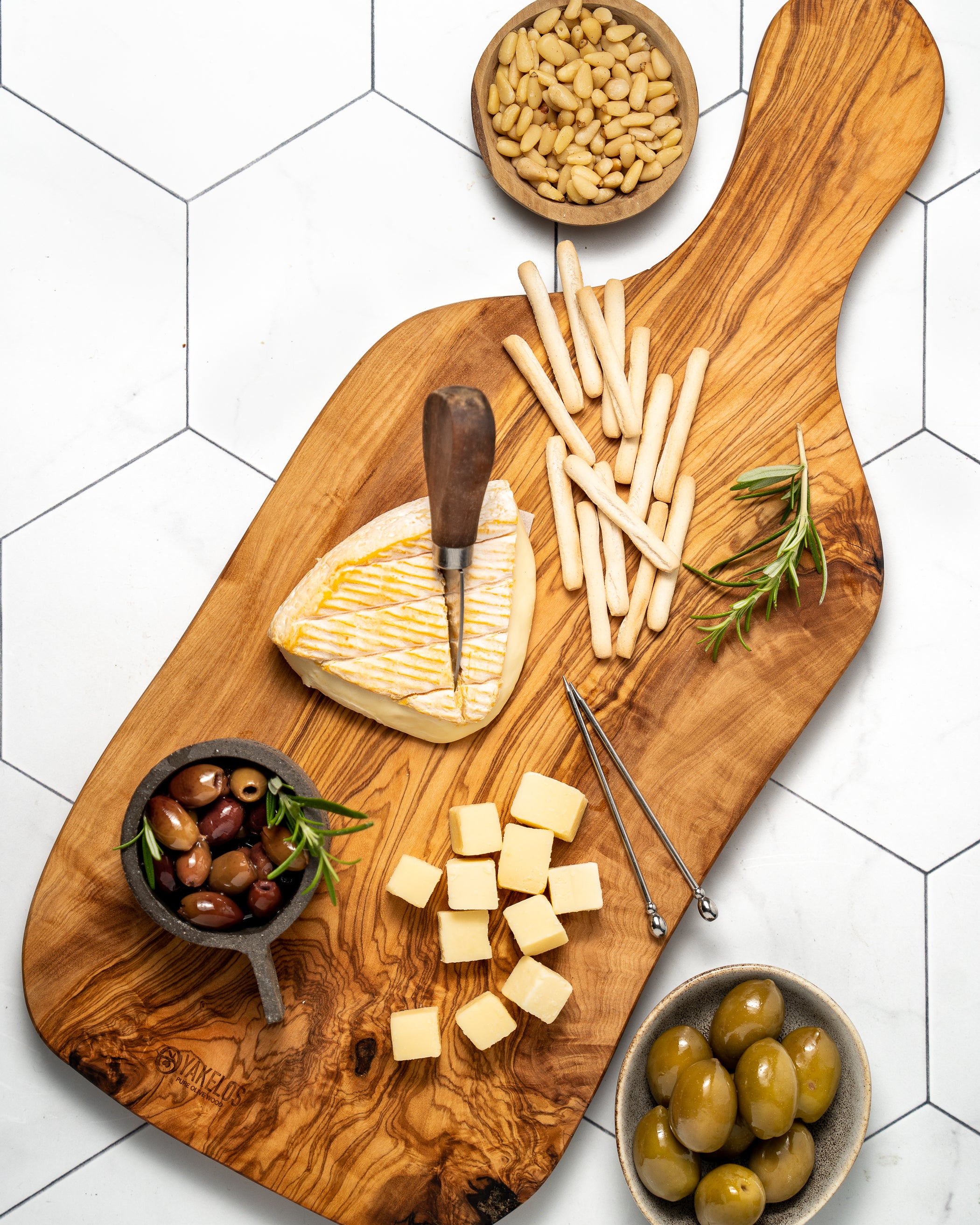The English chef Jamie Oliver has a passion for Italy and has included many Italian dishes in his cookbooks. According to him, a dish with peas is known in Italy as sott'olio , which literally means 'under the oil'. That title is incorrect, because 'sott'olio' is not a dish, but a preservation method. The correct term should be piselli sott'olio ('peas under the oil').
In general, this dish is eaten chilled or at room temperature, because, according to Jamie Oliver, it is a real summer dish. That is of course also complete nonsense, because sott'olio was developed precisely to provide the Italians with vegetables during the bleak winter months.
In general, this dish is eaten chilled or at room temperature, because, according to Jamie Oliver, it is a real summer dish. That is of course also complete nonsense, because sott'olio was developed precisely to provide the Italians with vegetables during the bleak winter months.
As mentioned, sott'olio originated as a preservation method, allowing fresh vegetables to be kept for up to six months. The extra virgin olive oil prevents oxygen from reaching the vegetables, preventing spoilage. This is particularly useful in regions where nature is not always generous with pleasant weather or fertile soil.
Ingredients:
- 4 to 6 large handfuls of peas (about 2 kilos unshelled)
- a small bunch of fresh mint
- salt, pepper
- juice of one lemon
- 2 decilitres extra virgin olive oil
Preparation:
- Put the peas in a pan. Place the bunch of mint on top and bring a kettle of water to the boil. Pour the boiling water over the peas, but no more than is needed to just cover the peas and mint.
- Put the lid on the pan so that the water comes to the boil again. Boil the peas for a few minutes until they are soft.
- Drain them immediately in a colander and then put the peas and mint in a bowl.
- Sprinkle with a little salt and black pepper and squeeze some lemon juice over them.
- Cover the peas and mint with olive oil. Mix everything well. Let the peas stand for half an hour before serving, so that the aromas can work well together.
 |
| [The Greek Arakas in Laderos] |
But of course the Romans also copied this dish from the Greeks. They considered themselves the cultural heirs of that much older civilization. The Greeks sometimes ate (and still eat) arakas laderos , which is actually the same dish as sott'olio. We can even trace that term back to Ancient Greek, where árakos (ἄρακος) meant 'pea' and laderós (λαδερός) meant 'oily' or 'greasy'. The preparation method is almost the same, although the mint can be replaced by another fragrant kitchen herb.




